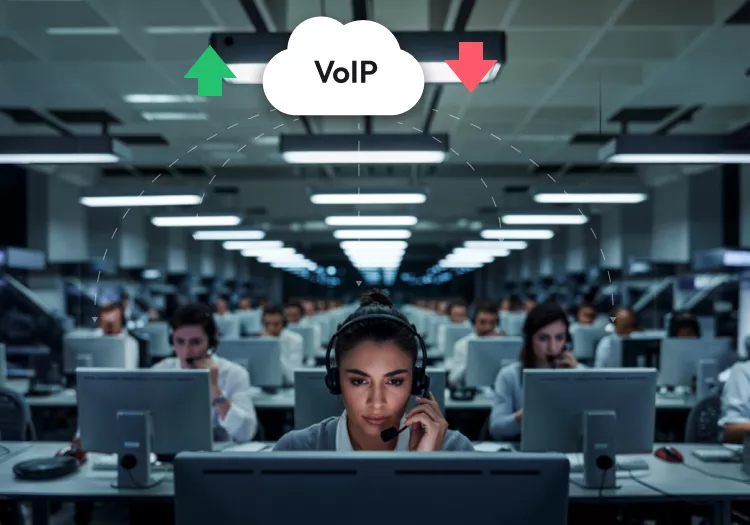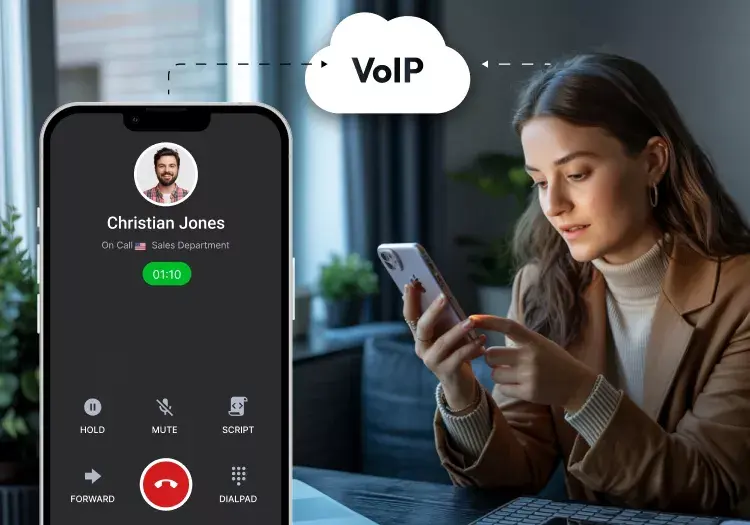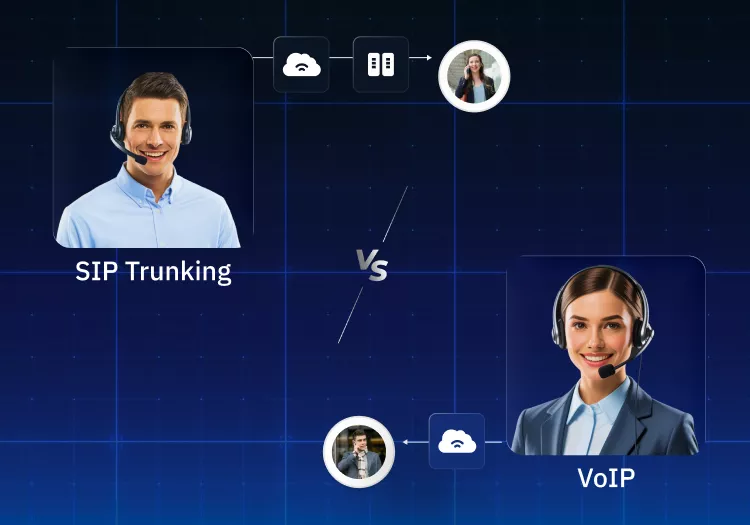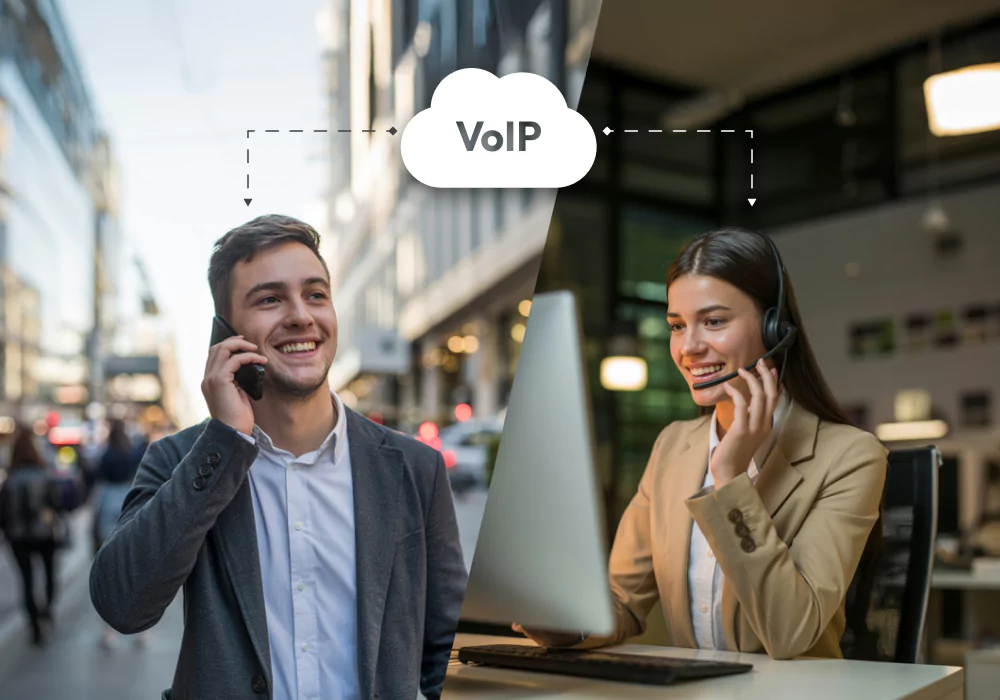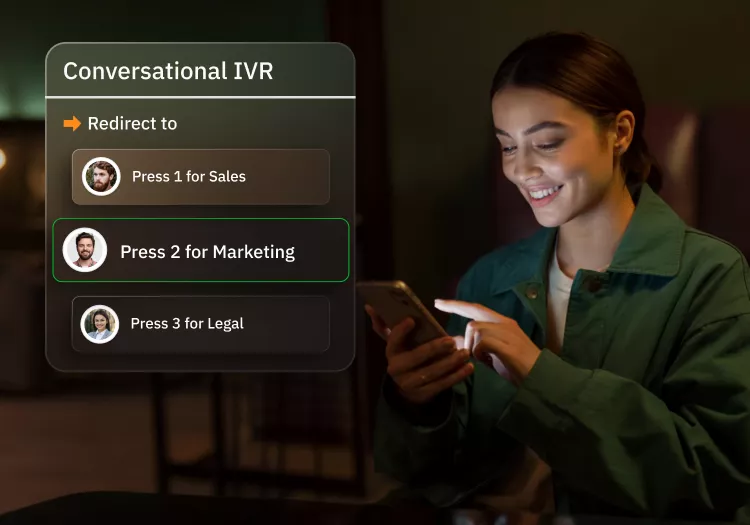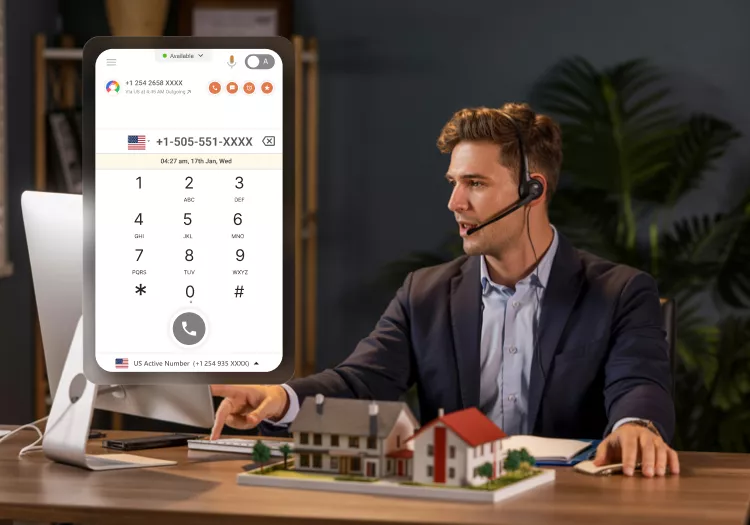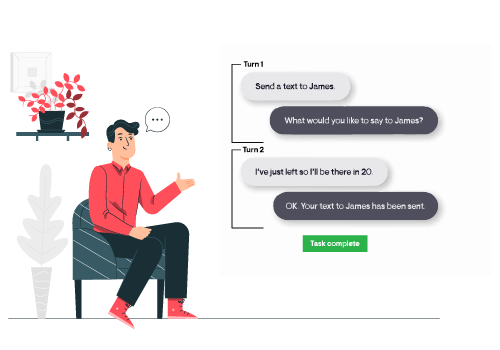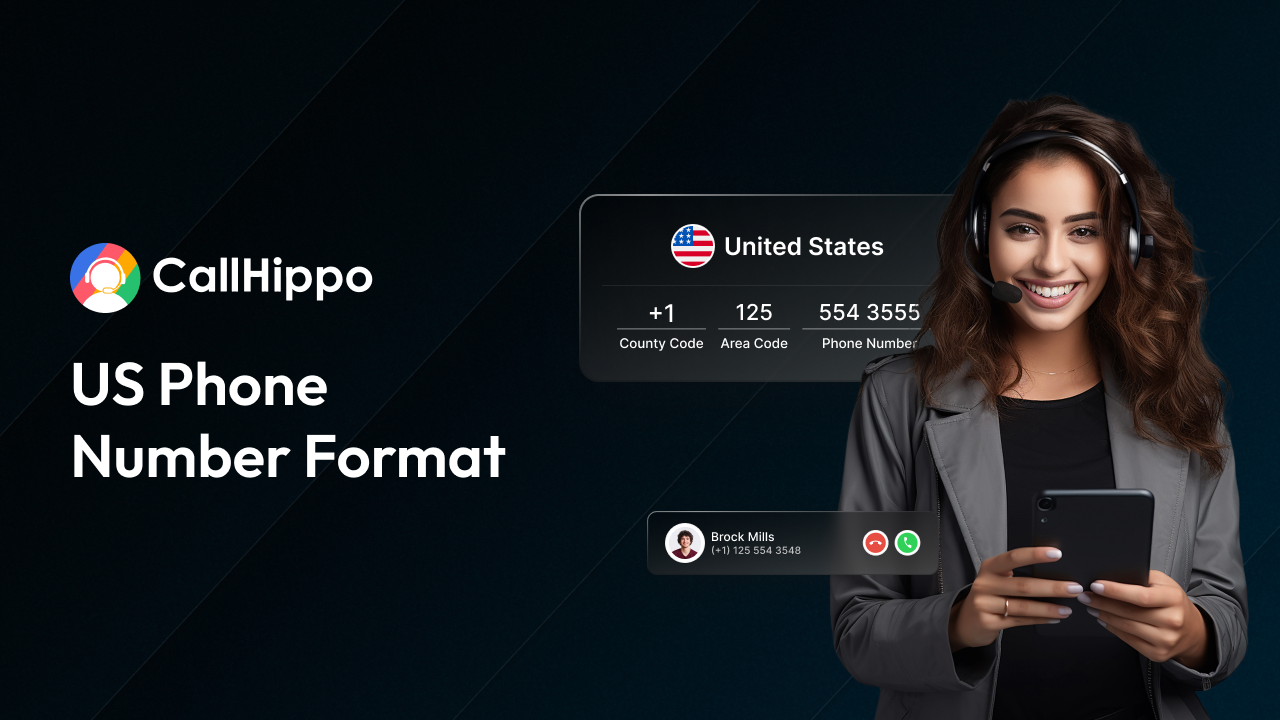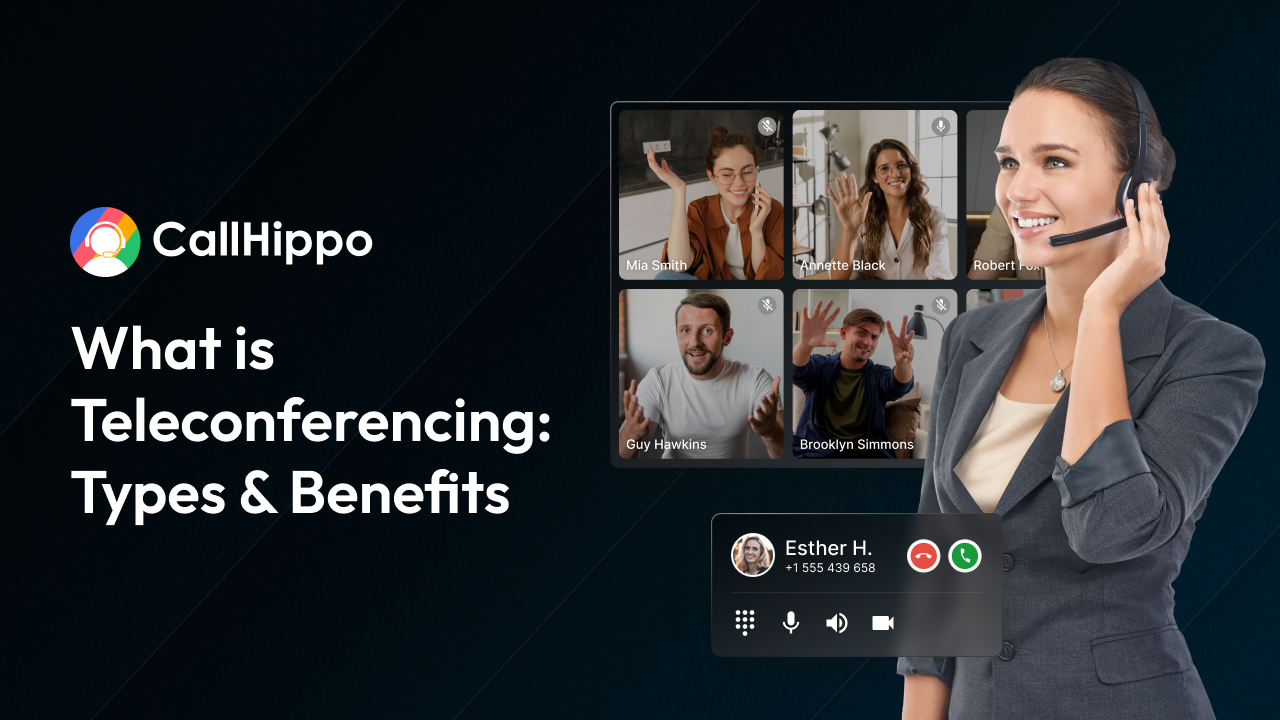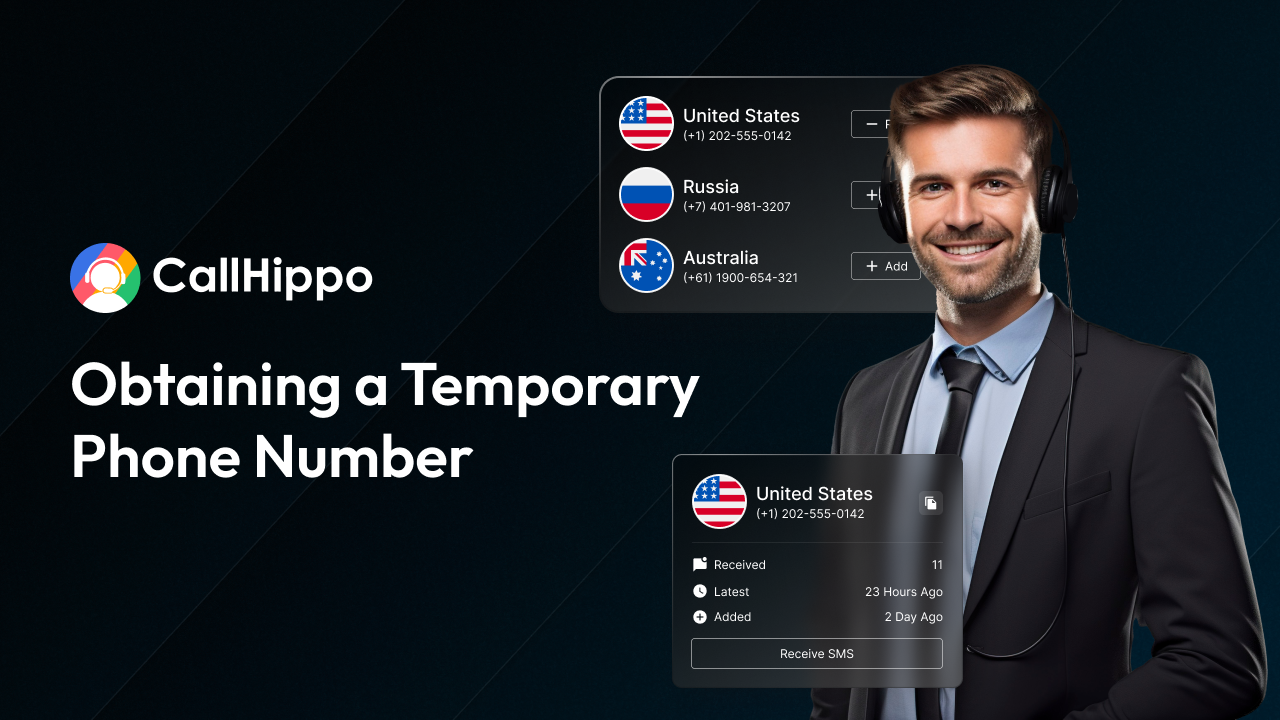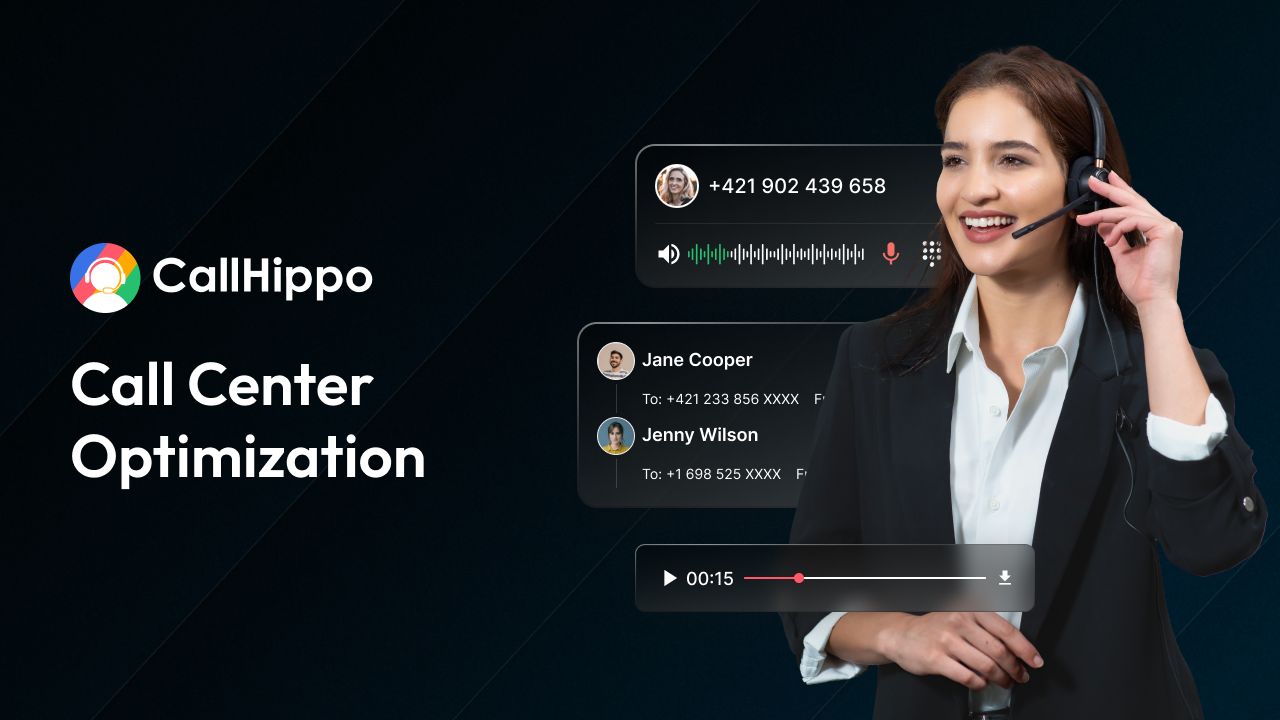Featured Article

How to Call Australia from the UK? Codes, Timing & Cheap Options
Making a call to Australia from the UK is a straightforward process, but it's more than just a simple dialing task. With almost a million English-born people now living in Australia, the connection between these two nations has never been...
What Is VoIP Number Porting? How Does It Work?
Most businesses delay changing phone providers for one reason: the phone number is ...
What is CCaaS? Meaning, Features, Benefits, Architecture & Use Cases
The contact centers known for ages are changing, along with the increased demands ...
Best Small Business Phone Plan: Features, Pricing, and Top Providers
To deliver consistent service to customers, you need to select a small-business phone ...
- Small Business
- VoIP
- Call Center
- Customer Service
- How to Call
- AI
Set Up Your Phone System In Less
Than 3 Minutes
From buying a number to making the first call, all it takes is 3 minutes to set
up your virtual phone system.
- 1Buy Numbers
- 2Add Users
- 3Start Calling
- 4Track Calls







